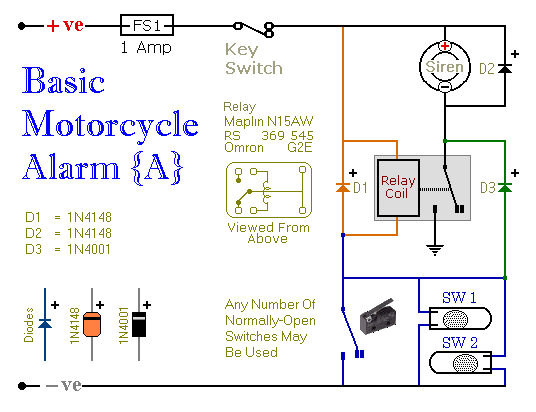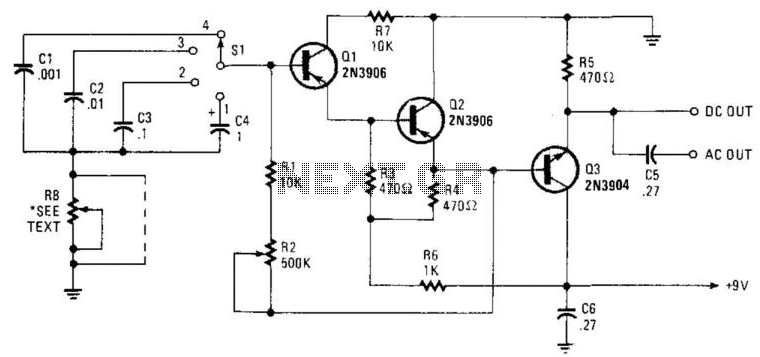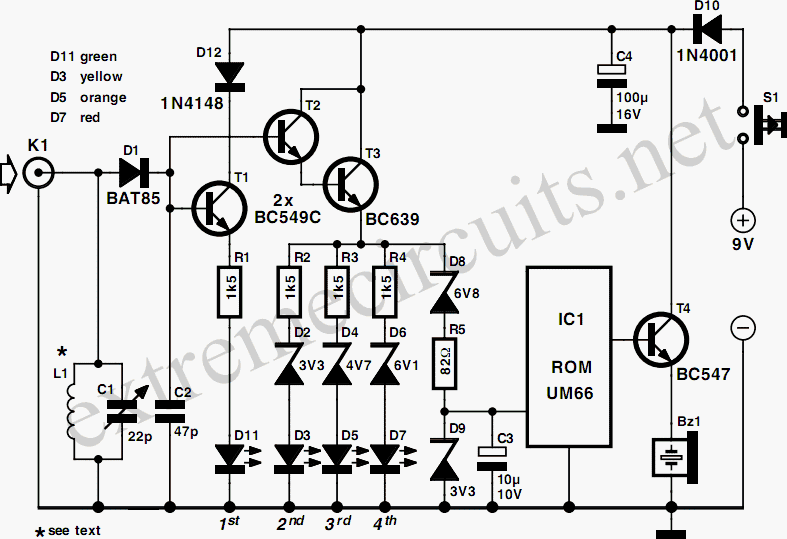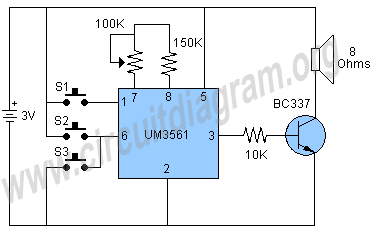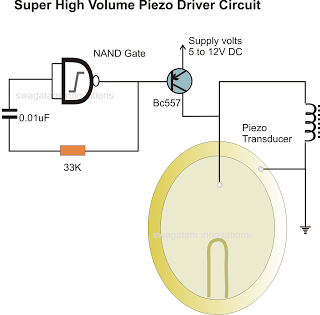
Simple Function Generator
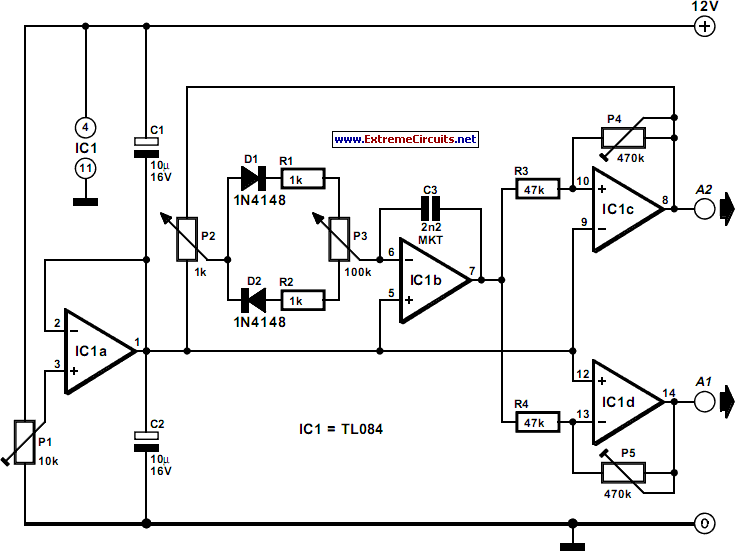
Simple triangle-wave generators have a limitation in that the waveform of their output signal typically cannot be modified. The circuit presented here makes...
The described circuit addresses the inherent limitation of conventional triangle-wave generators by incorporating adjustable components that allow for waveform modification. This flexibility is achieved through the use of operational amplifiers, resistors, and capacitors configured in a feedback loop that alters the rise and fall times of the triangle wave.
The circuit can be designed using a standard operational amplifier (op-amp) in an integrator configuration, where the output voltage is proportional to the integral of the input signal. By adjusting the resistor and capacitor values, the frequency and amplitude of the triangle wave can be modified. The addition of a variable resistor (potentiometer) in the feedback loop enables fine-tuning of the waveform characteristics, allowing for a wider range of output signals.
Furthermore, incorporating a comparator circuit can enhance the functionality by providing a square wave output synchronized with the triangle wave. This dual output can be beneficial in various applications, such as waveform generation for signal processing or modulation tasks.
In summary, the modified triangle-wave generator circuit presents a versatile solution for generating customizable waveforms, expanding its utility beyond the limitations of traditional designs.Simple triangle-wave generators have a weakness in that the waveform of their output signal normally cannot be modified. The circuit presented here makes.. 🔗 External reference
The described circuit addresses the inherent limitation of conventional triangle-wave generators by incorporating adjustable components that allow for waveform modification. This flexibility is achieved through the use of operational amplifiers, resistors, and capacitors configured in a feedback loop that alters the rise and fall times of the triangle wave.
The circuit can be designed using a standard operational amplifier (op-amp) in an integrator configuration, where the output voltage is proportional to the integral of the input signal. By adjusting the resistor and capacitor values, the frequency and amplitude of the triangle wave can be modified. The addition of a variable resistor (potentiometer) in the feedback loop enables fine-tuning of the waveform characteristics, allowing for a wider range of output signals.
Furthermore, incorporating a comparator circuit can enhance the functionality by providing a square wave output synchronized with the triangle wave. This dual output can be beneficial in various applications, such as waveform generation for signal processing or modulation tasks.
In summary, the modified triangle-wave generator circuit presents a versatile solution for generating customizable waveforms, expanding its utility beyond the limitations of traditional designs.Simple triangle-wave generators have a weakness in that the waveform of their output signal normally cannot be modified. The circuit presented here makes.. 🔗 External reference
